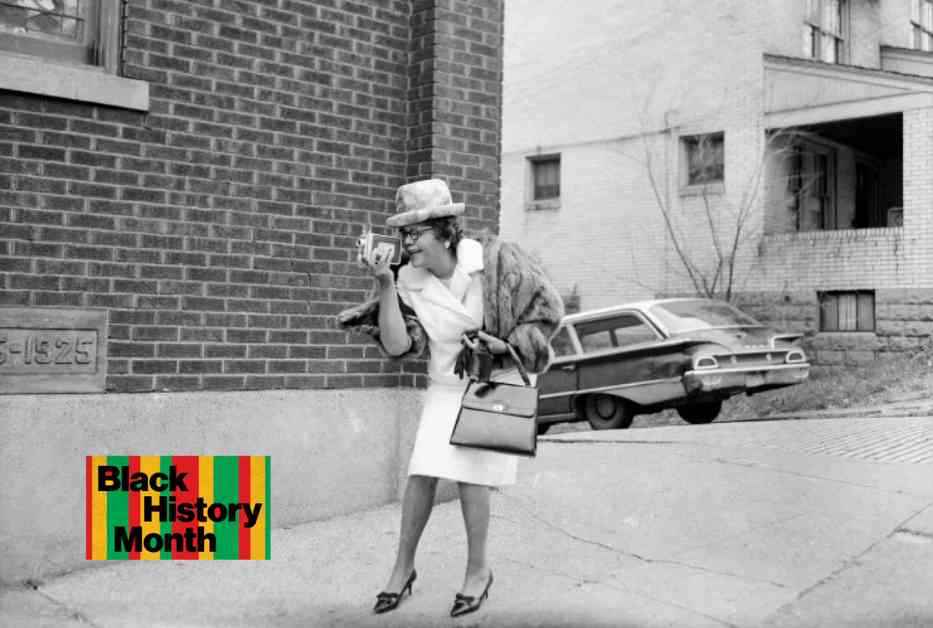Preserving the Legacy of Photojournalist Charles Teenie Harris
Charles “Teenie” Harris, a prolific photojournalist for the Pittsburgh Courier, a prominent African American newspaper, left behind a monumental archive of photographs that provide a vivid snapshot of Black life in mid-20th-century America. Spanning an estimated 75,000 to 80,000 images, Harris’s work captures the essence of the Hill District, a predominantly Black neighborhood in Pittsburgh where he lived his entire life. Through his lens, he immortalized cultural moments that transcended geographical boundaries, resonating with audiences far beyond the confines of the Hill District.
The Carnegie Museum of Art in Pittsburgh serves as the custodian of Harris’s collection, thanks to a posthumous acquisition process that concluded in 2001. Charlene Foggie-Barnett, the Charles “Teenie” Harris Community Archivist at the museum, fondly recalls Harris’s legacy, noting that his photographs authentically portray Black life and offer a unique perspective on historical events. Despite facing financial challenges during his lifetime, Harris’s commitment to documenting his community with integrity and dedication shines through in his extensive body of work.
Preserving a Pioneering Photographer’s Vision
In recent years, the Carnegie Museum of Art has made significant efforts to digitize and exhibit Harris’s images, contextualizing them within the broader historical narratives of the Jim Crow and Civil Rights eras. The Charles “Teenie” Harris Archive Gallery, a permanent exhibit at the museum, showcases a rotating selection of Harris’s photographs, videos, and more, highlighting his enduring impact on American visual culture. This initiative underscores the museum’s dedication to honoring Harris’s legacy and ensuring that his contributions to photography and storytelling are celebrated for generations to come.
Exploring Harris’s Diverse Body of Work
Harris’s portfolio encompasses a wide range of subjects, from political and social events to vibrant cultural scenes and everyday moments. As a photojournalist, he skillfully captured visits from notable figures like Presidents Nixon and Kennedy, as well as pivotal moments in the Black community’s history, such as the Black Construction Coalition’s protest in 1969. His images also document the rich musical heritage of the Hill District, featuring iconic musicians like Duke Ellington and Nina Simone alongside local talents like Erroll Garner.
Beyond his professional assignments, Harris’s collection includes intimate portraits of everyday life in the Hill District, from soldiers returning from World War II to wedding celebrations and neighborhood gatherings. Of particular note are his sensitive portrayals of the queer community, showcasing a deep respect for his subjects and a commitment to capturing their stories with dignity and authenticity. Through his lens, Harris immortalized a diverse array of individuals and events, preserving a vital chapter of American history that might have otherwise been overlooked.
As Charlene Foggie-Barnett reflects on her personal connection to Harris and his work, she emphasizes the importance of community engagement in preserving the legacy of this pioneering photographer. Her role as the Carnegie Museum of Art’s Harris archivist allows her to curate exhibitions, conduct oral histories, and collaborate with local residents to ensure that Harris’s photographs continue to resonate with audiences and inspire future generations. By sharing the stories behind the images, Foggie-Barnett and her team are actively shaping the narrative of the Hill District and honoring the individuals who played a vital role in its cultural tapestry.
Through their collective efforts, Foggie-Barnett and the Carnegie Museum of Art are not only preserving Charles Teenie Harris’s remarkable archive but also celebrating the resilience, creativity, and spirit of a community that has left an indelible mark on American history. As Foggie-Barnett eloquently states, each photograph she handles is a testament to the enduring legacy of not just Teenie Harris, but the countless individuals whose stories are woven into the fabric of his work.












